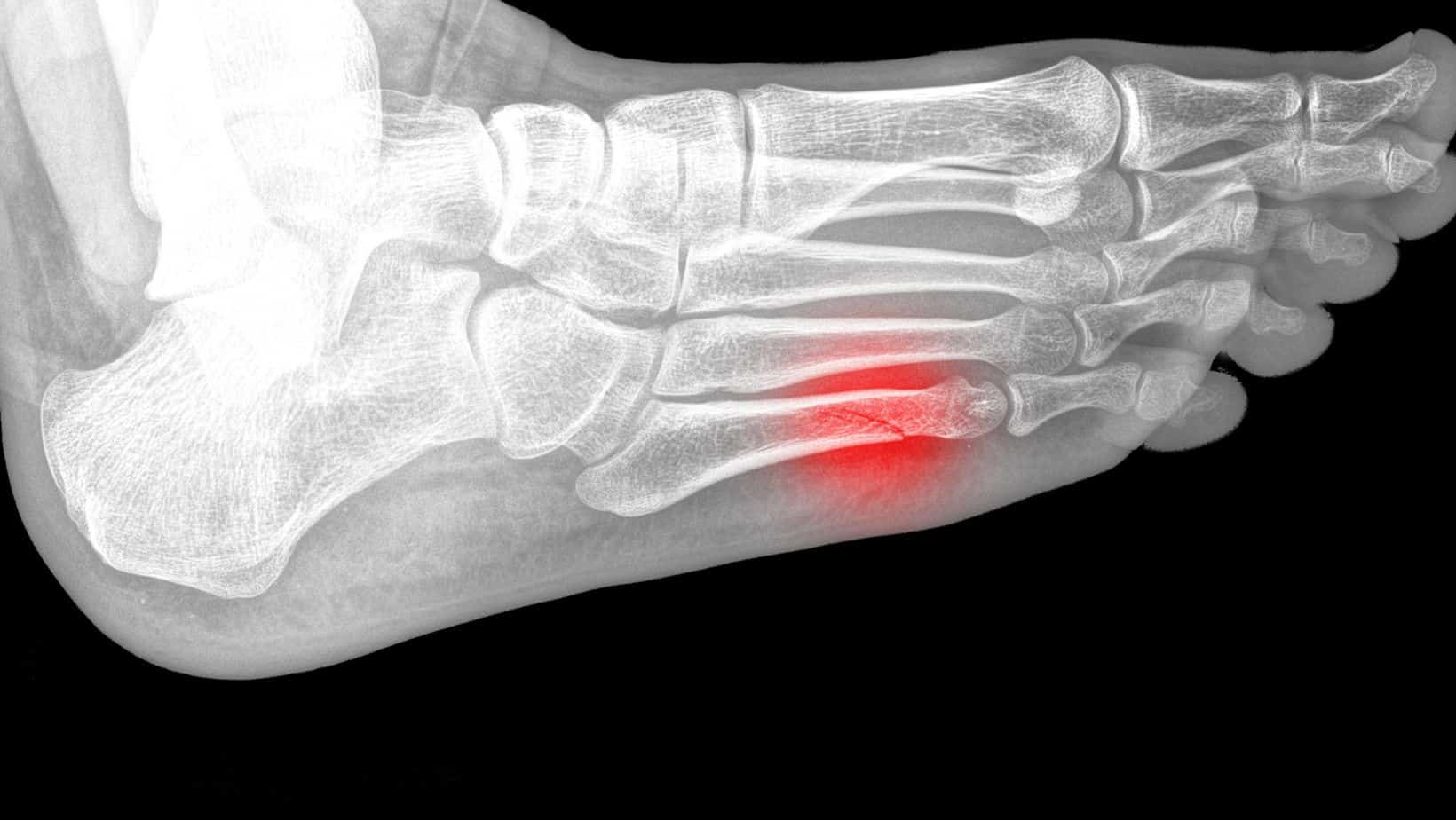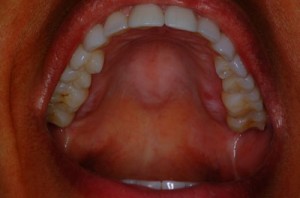Biofilm In Mouth

The human mouth is a complex and dynamic environment, home to a diverse array of microorganisms. Among these, biofilms play a crucial role in shaping oral health and disease. A biofilm is a community of microorganisms that adhere to a surface, embedded in a protective matrix of polysaccharides and other molecules. In the mouth, biofilms can form on teeth, gums, tongue, and other oral surfaces, influencing the balance between health and disease.
Formation and Structure of Oral Biofilms
The formation of oral biofilms is a multifaceted process, involving the initial adhesion of pioneer microorganisms to the tooth surface, followed by the accumulation of additional microorganisms and the production of extracellular matrix. This matrix, composed of polysaccharides, proteins, and DNA, provides a protective environment for the microorganisms, shielding them from the host’s immune system and antimicrobial agents. The structure of oral biofilms is complex, with different layers and zones that support a wide range of microbial activities, from metabolism and growth to communication and defense.
Role of Biofilms in Oral Health and Disease
Oral biofilms are intimately linked with both oral health and disease. On one hand, a balanced biofilm can contribute to oral health by protecting against pathogenic microorganisms and aiding in the digestion of food. On the other hand, an imbalance in the biofilm, often referred to as dysbiosis, can lead to various oral diseases, including dental caries, periodontal diseases, and oral candidiasis. Dental caries, for example, is primarily caused by the metabolic activities of biofilm microorganisms, which produce acids from fermentable carbohydrates, leading to tooth demineralization. Similarly, periodontal diseases result from the inflammation and infection caused by pathogenic biofilms in the gingival sulcus.
Factors Influencing Biofilm Formation and Composition
Several factors can influence the formation and composition of oral biofilms, including diet, oral hygiene practices, and systemic health conditions. A diet high in sugars and acids can alter the biofilm’s microbial composition, favoring acidogenic and aciduric bacteria that contribute to dental caries. Good oral hygiene practices, such as regular brushing and flossing, can help control biofilm formation and reduce the risk of oral diseases. Systemic health conditions, such as diabetes, can also impact oral biofilm composition, potentially leading to an increased susceptibility to infections.
Management and Control of Oral Biofilms
The management and control of oral biofilms are crucial for maintaining oral health. Traditional methods include mechanical removal through brushing and flossing, and the use of antimicrobial mouthwashes. However, these methods have limitations, including the potential for misuse and the development of antimicrobial resistance. Recent advances have focused on the development of novel antimicrobial agents and the application of nanotechnology to prevent biofilm formation and enhance biofilm disruption. Additionally, there is a growing interest in probiotics and prebiotics as a means to modulate the oral microbiome and promote a healthy balance of microorganisms.
Future Perspectives and Challenges
As our understanding of oral biofilms and their role in health and disease continues to evolve, so do the challenges and opportunities for their management. Future perspectives include the development of personalized oral care products tailored to an individual’s specific oral microbiome, and the integration of oral health with overall health and wellness. However, these advancements will require significant research into the complex interactions between oral biofilms, the host, and the environment, as well as the development of effective, targeted therapies that can manipulate the biofilm without disrupting the delicate balance of the oral ecosystem.
Practical Applications and Recommendations
For individuals seeking to manage and control oral biofilms, several practical applications and recommendations can be considered: - Regular Oral Hygiene: Maintain good oral hygiene through regular brushing and flossing to remove biofilms and prevent their formation. - Dietary Modifications: Limit the consumption of sugars and acids, which can contribute to the growth of pathogenic biofilms. - Professional Dental Care: Regular dental check-ups and cleanings can help in the early detection and management of oral diseases associated with biofilms. - Use of Antimicrobial Mouthwashes: Under the guidance of a dental professional, antimicrobial mouthwashes can be used to control biofilm growth. - Stay Informed: Stay updated with the latest research and recommendations on oral biofilm management and control.
Conclusion
Oral biofilms are complex ecosystems that play a pivotal role in oral health and disease. Understanding their formation, structure, and role in disease is essential for the development of effective management and control strategies. As research continues to uncover the intricacies of oral biofilms, it is clear that a multifaceted approach, combining traditional oral hygiene practices with novel therapeutic agents and personalized care, will be crucial in promoting oral health and preventing disease. By embracing this holistic perspective, individuals and dental professionals can work together to mitigate the impact of oral biofilms on health, enhancing quality of life and overall well-being.
What are oral biofilms and how do they form?
+Oral biofilms are communities of microorganisms that adhere to surfaces in the mouth, such as teeth and gums. They form through a process involving the initial adhesion of microorganisms, followed by the accumulation of additional microbes and the production of a protective extracellular matrix.
How do oral biofilms contribute to oral diseases?
+Oral biofilms can contribute to various oral diseases, including dental caries, periodontal diseases, and oral candidiasis, by providing a protective environment for pathogenic microorganisms, producing acids and other harmful substances, and inducing inflammation and infection.
What are some effective strategies for managing and controlling oral biofilms?
+Effective strategies include regular oral hygiene practices, dietary modifications, professional dental care, and the use of antimicrobial mouthwashes. Emerging approaches, such as personalized oral care products and targeted therapies, also hold promise for the future management of oral biofilms.


